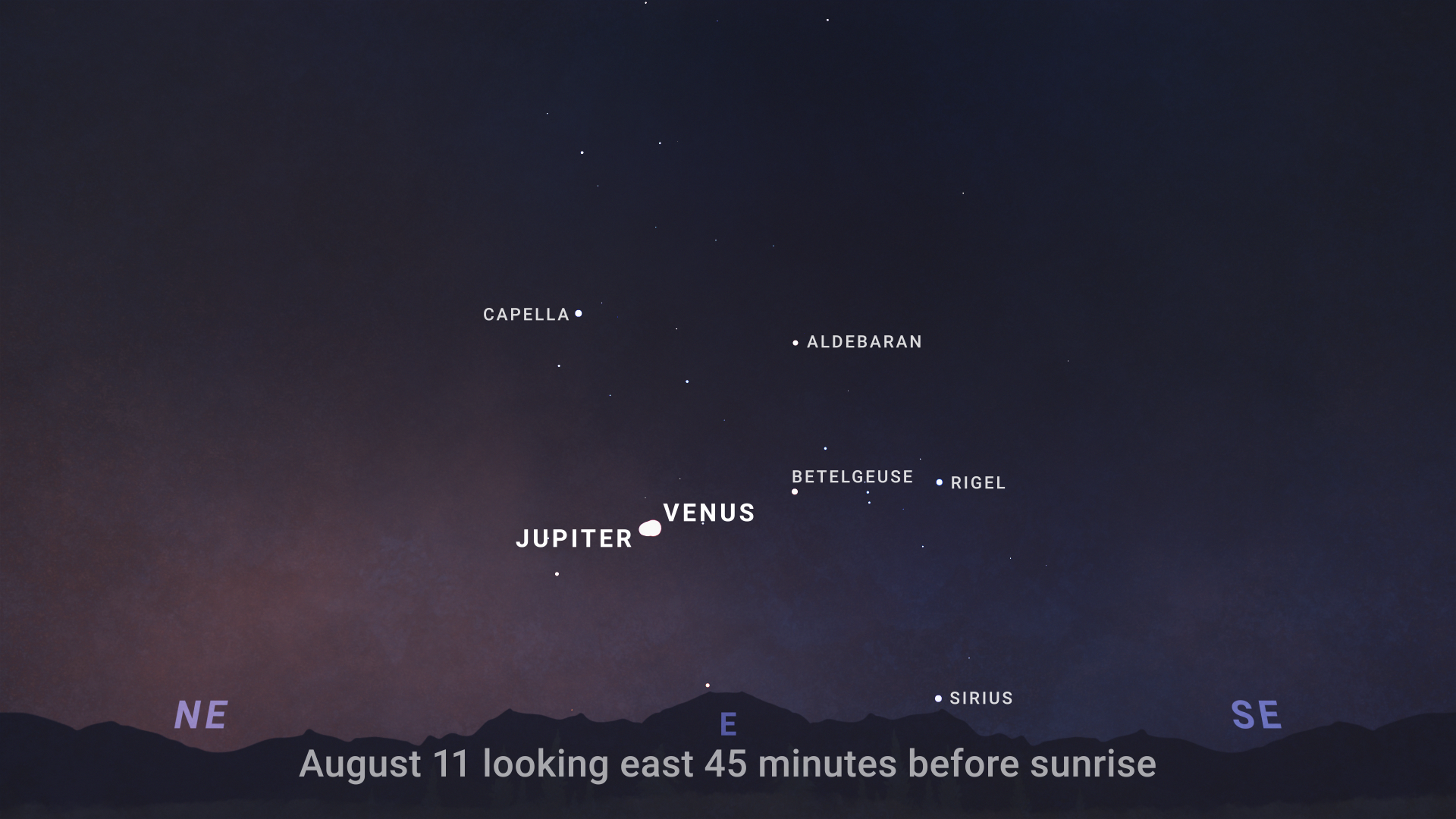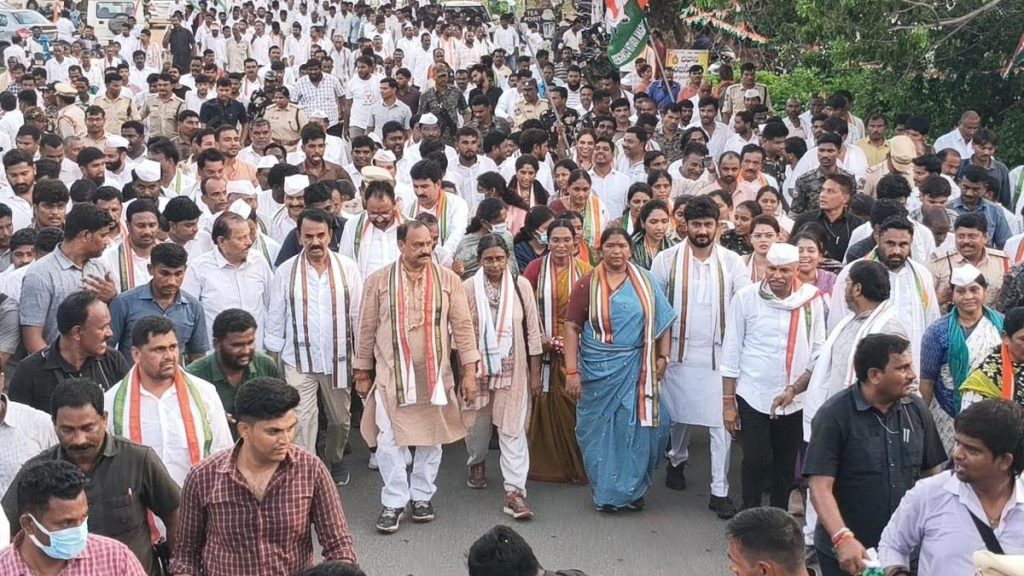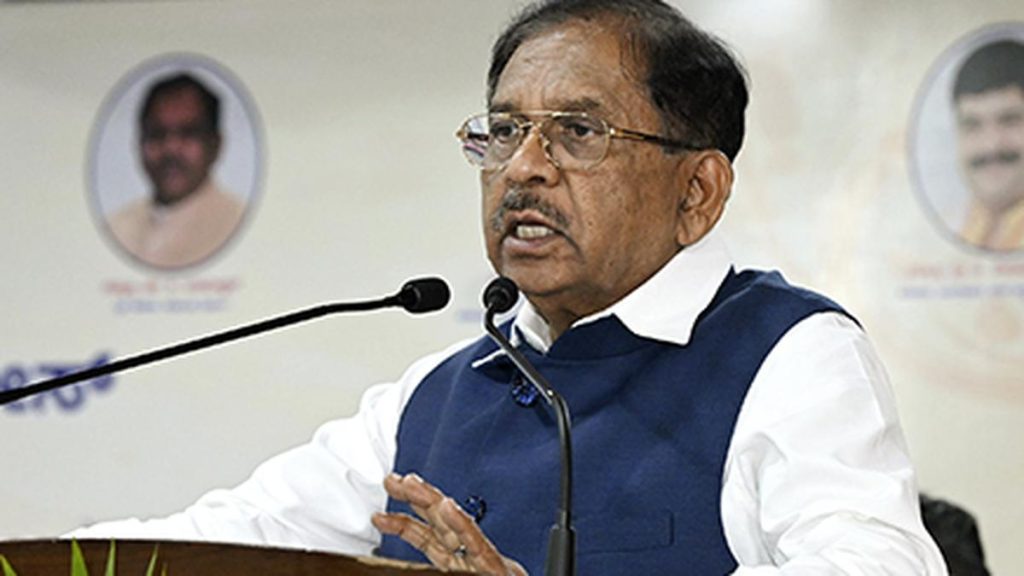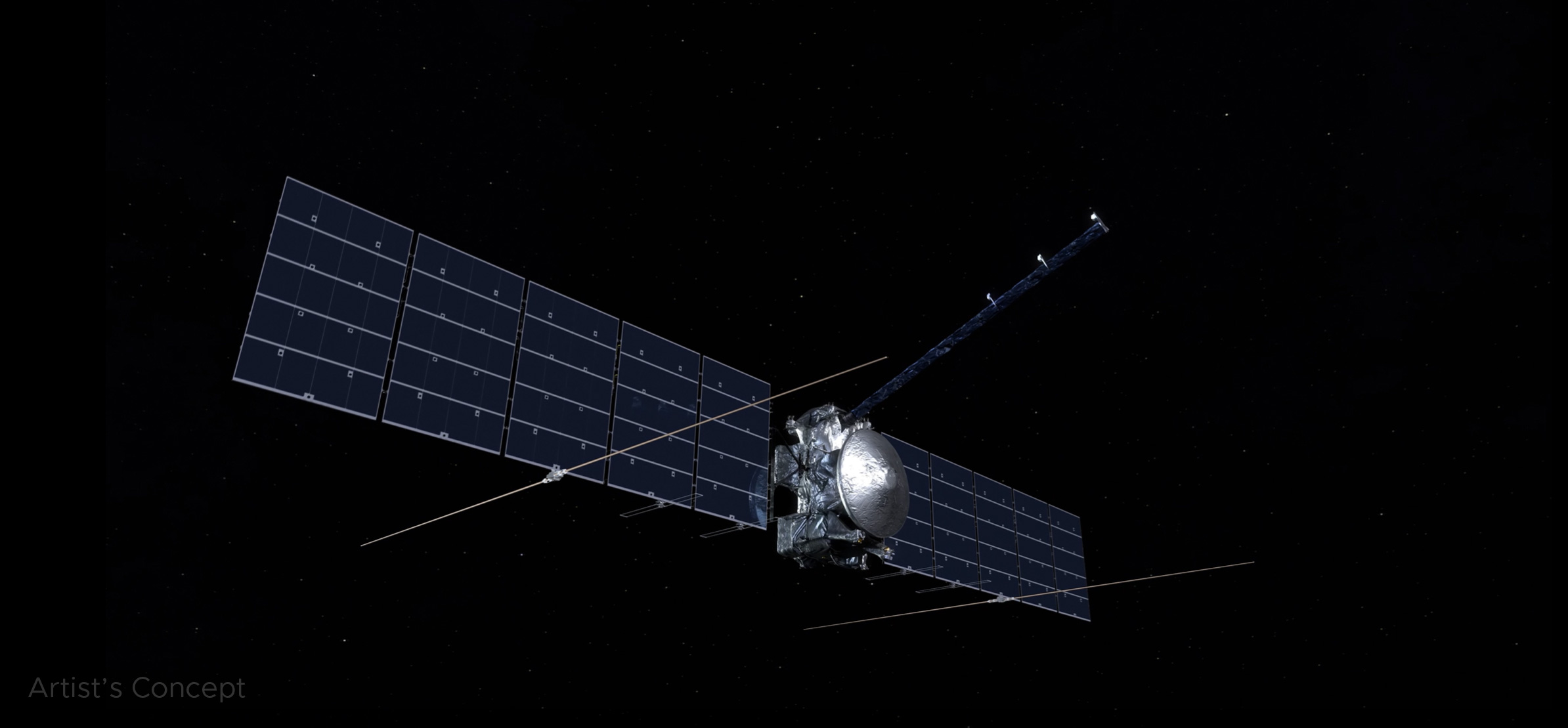Now Reading: NASA’s August 2025 Skywatching Guide: What to Look For
-
01
NASA’s August 2025 Skywatching Guide: What to Look For
NASA’s August 2025 Skywatching Guide: What to Look For

Speedy Summary
- Planet Visibility throughout August:
– Mercury: Appears above the horizon in mid-August, very low (below 10 degrees altitude).- Venus: Brightly visible in the east each morning before sunrise, 20-30 degrees above the horizon.
– Mars: Observable low in the west after sunset for about an hour; brightness reduced compared to May.
– Jupiter: Bright but less so than Venus; visible in the east before sunrise alongside Venus.
– Saturn: Visible from late night to dawn; rises earlier as the month progresses.
- Key Skywatching Highlights:
– August 11-12: Jupiter-Venus conjunction, appearing closest at a degree apart.
– August 19-20: Crescent Moon joins Jupiter and Venus post-conjunction in pre-dawn skies.
– August 12-13: Perseids meteor shower peak disrupted by an almost full Moon; fewer meteors expected this year due to brightness interference.
- The Dumbbell Nebula (M27):
High overhead within Summer Triangle star pattern on August nights.Represents future cycles of aging stars like our Sun.
Indian Opinion Analysis
skywatching opportunities like this month’s celestial events often cultivate popular interest and awareness of astronomy among enthusiasts and casual stargazers alike-a trend that has grown rapidly across India due to increasing access to telescopes and astrophotography tools. Events such as the Perseid meteor shower or planet conjunctions inspire curiosity about space sciences, potentially motivating more youth toward studies or careers in astronomy-a field where India has an emerging global presence through missions like Chandrayaan and Gaganyaan.
However, accessibility remains uneven across India’s urban-rural divide. Light pollution is important in cities but rural areas provide clearer views of phenomena such as those outlined for August. Integrating these natural showcases with educational outreach could promote equitable engagement nationwide while reinforcing India’s contributions to global space exploration dialog.Read More

























